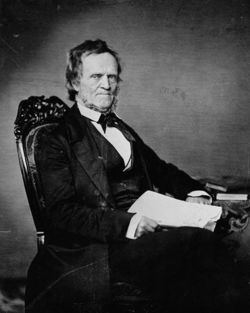| History of Ontario | ||||||||||||
|---|---|---|---|---|---|---|---|---|---|---|---|---|
 | ||||||||||||
| Timeline | ||||||||||||
| ||||||||||||
| Upper Canada Topics | ||||||||||||
| Province of Canada Topics | ||||||||||||
| Province of Ontario topics | ||||||||||||
After the American Revolutionary War, U.S. printers were freed of British copyright restrictions and freely reprinted British works. Upper Canadian printers remained bound by British copyright. American presses quickly took the lead in producing cheap editions and eventually the printing of original work.
Contents
- Dundas
- George Heyworth Hackstaff
- Kingston
- James MacFarlane
- Stephen Miles
- Hugh Christopher Thomson (1791-1834)
- Edward John Barker
- Sandwich (Windsor)
- James Cowan
- Henry C. Grant
- Toronto
- William Joseph Coates (1805–1879)
- W.J. Coates & Thomas Dalton (1782-1840)
- Thomas Dalton (1782-1840)
- Charles Fothergill (1782–1840)
- Joseph H. Lawrence
- William Lyon Mackenzie (1795–1861)
- Robert Stanton (1794-1866)
- References
- External links
Publishing in Upper Canada was thus largely limited to local newspapers. The official Kings Printer published a large number of government documents, including the journal of the provincial Legislative Assembly and Legislative Council. During the 1830s, a series of directories and gazetteers were independently published. The only substantial original works published were by David Willson, the religious leader of the Children of Peace, a utopian Quaker group who built the Sharon Temple.
The following list is partial, and omits government publications.

